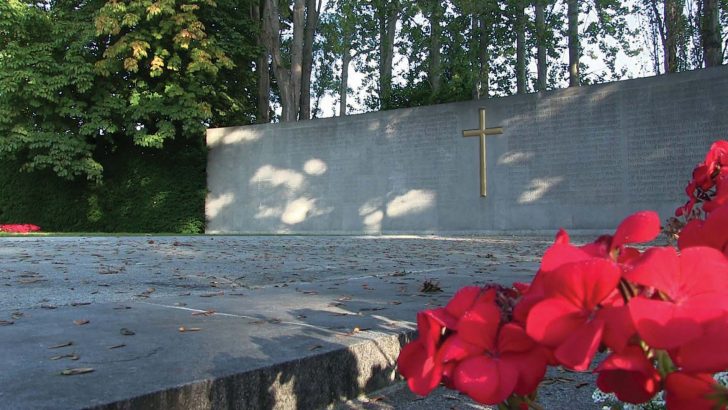The Dead of the Irish Revolution
by Eunan O’Halpin and Daithí Ó Corráin (Yale University Press, £50.00 /$65.00)
Felix M. Larkin
The stated objective of this book is to answer “an elementary question: how many people died as a result of Irish-related political violence between 1916 and 1921?” It does that, and much more. It puts flesh and blood on the bare statistics by identifying the people who died and giving details, where possible, of their backgrounds and their deaths. A mammoth exercise, it has taken almost 20 years to complete.
The authors, Prof. Eunan O’Halpin of Trinity College and Dr Daithí Ó Corráin of Dublin City University, are to be commended on their achievement. This book will be an indispensable source for historians of the period of the Irish revolution, as well as a reminder to us all of the cost of the revolution in terms of lives lost. Understandably, the authors do not address the question: was it worth the cost? Even W.B. Yeats had his doubts: in his poem Easter 1916 he writes, “Was it needless death after all?”
Statistics
Let us consider the statistics. The authors count some 2,850 dead – covering civilians, police, British army personnel and rebel combatants. Of these, 504 died as a result of the 1916 Rising – of whom 276, over half, were civilians. Of those killed after 1916, 523 were police – approximately two-thirds of them Irishmen, giving the War of Independence something of the character of a civil war; the other third were Black and Tans or auxiliaries. The dead on the rebel side, including those killed in 1916, number 575.
It will come as no surprise to anyone conversant with the history of the period that the highest number of fatalities during the War of Independence, both in absolute terms and in proportion to the population, was in Co. Cork. The counties with the next highest death rates as a proportion of population were Tipperary, Clare, Limerick and Kerry – all Munster counties.
The first deaths recorded in this book are of three young Irish Volunteers who died in Killorglin, Co. Kerry, on April 21, 1916, three days before the Rising broke out. They were on a mission to contact the German ship Aud, which was due to land its cargo of arms off the Kerry coast. The car in which they were travelling took a wrong turning and drove off Ballykissane Pier in the dark just before ten o’clock in the evening, and the three were drowned. The next fatality, the first person to die in the Rising, was James O’Brien of the Dublin Metropolitan Police who was killed in cold blood as he tried to close the main gates of Dublin Castle to prevent the rebels – in this instance, men of the Irish Citizen Army – gaining access at midday on Easter Monday.
Volunteer
The final entry in the book refers to the death of a 19-year-old volunteer, killed on December 31, 1921 when a rifle was discharged accidentally in the guardroom of Gilhooly Hall in Sligo. It is noted that “the bullet passed through his face, wounding another volunteer”. The killing and dying did not, of course, end on December 31, 1921 – but that is another story, outside the scope of this book. It is to be hoped that other scholars will compile a similar volume bringing the gruesome statistics of political violence in Ireland up to the end of the civil war.
Included in the book is an introduction by Prof. O’Halpin, discussing the authors’ methodology and drawing some general conclusions from the data they have assembled. Among the interesting observations that he makes is that “it is impossible to assign sectarian or ethnic motives as the primary reason for individual killings between 1916 and 1921 in most areas”. Allegations of such motives, particularly for the killing of Protestants in Co. Cork, surface from time to time. Those who make these allegations will find no supporting evidence in this book.


 Monument to executed 1916 leaders in Arbour Hill cemetery
Monument to executed 1916 leaders in Arbour Hill cemetery 